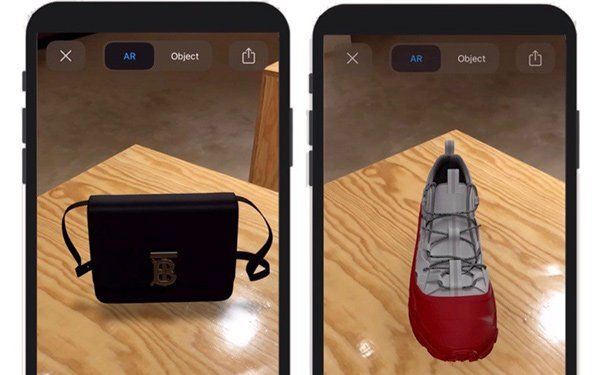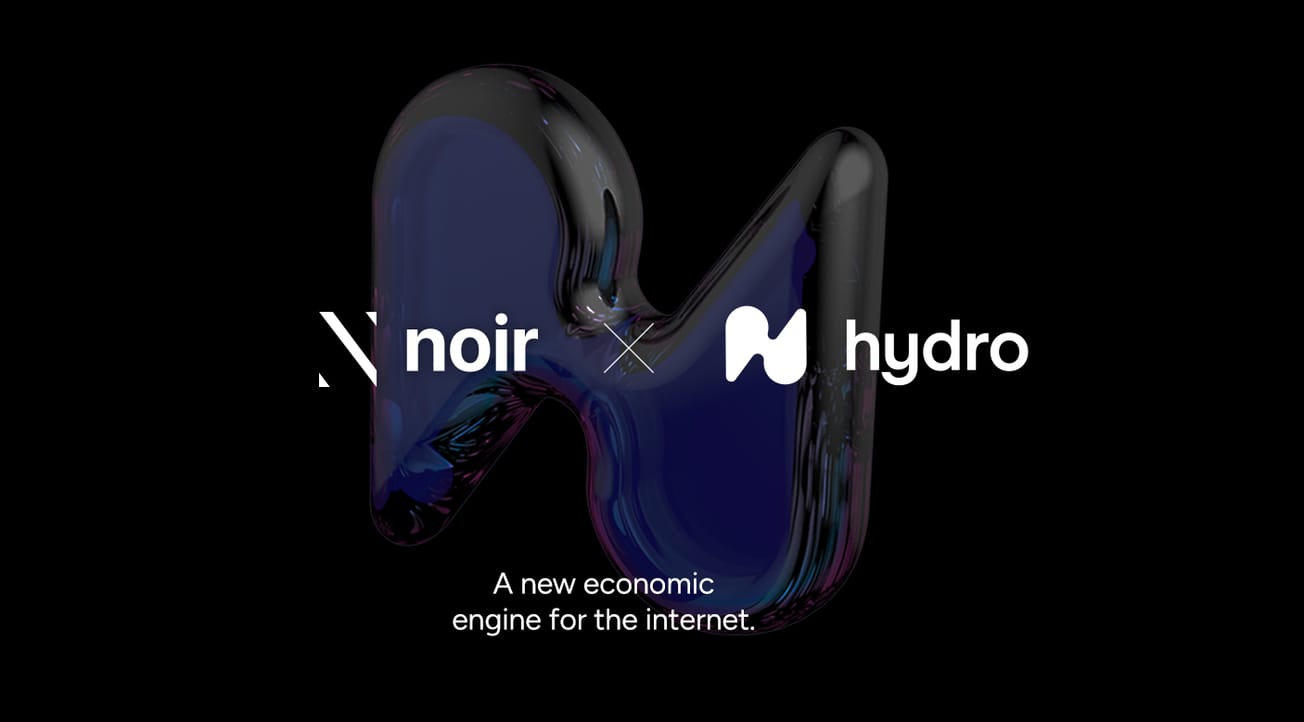Powered by the XRAI AR App, the new Nreal glasses might not let you see through clothes but will let you subtitle real-life speech. These innovative eye-specs quickly convert audio into subtitles displayed over the lenses, allowing deaf individuals to understand conversations and other forms of audio information by literally ‘seeing’ the speech in real time.
The glasses will also make it easier for hearing individuals to communicate with deaf individuals, fostering greater understanding, inclusion, and connection.
Nreal’s New Innovation
Nreal’s line of AR glasses pair with a variety of apps, giving you a first-person game-like Heads Up Display (HUD) for anything you could imagine. They come with in-built blue-light filters and speakers fitted along the frames, as well as a prescription insert so you won’t be doubling-up on spectacles.
Nreal’s Air glasses could help you to learn to cook, play guitar, and maybe even improve your deadlift form through digital overlays cast over the lenses, beamed straight into your eyeballs. But most of all, paired with the XRAI AR App, Nreal’s glasses will translate audio.
Limitations of Lip-Reading
Those with hearing impairments don’t have many options these days. They have to learn sign language or learn to lip-read. But lip-reading is problematic, with limitations due to the speed of speech. Many words also look alike when pronounced, causing confusion, doubt, and slowing communication.
But lip-reading could soon be oral history, thanks to Nreal’s glasses. These instantly translate audio into text that can be easily read by the wearer as IRL subtitles—including across different languages—and they’re tethered through a lightweight USB cable to a number of devices. For subtitling, it can easily connect to the XRAI App on your phone.
Hi-Tech AR Glasses Becoming a Nreality
The glasses are designed to be sleek and lightweight, making them easy to wear for extended periods of time. They also have a wide field of view, allowing the wearer to see both the real world and the augmented subtitles without obstruction—users can ‘shift’ between the display and worldly vision by tilting their heads. For example, looking up while cooking to browse through a digital cookbook or recipe.
Unfortunately, having to be tethered to a device could limit potential adoption, as we’ve seen with VR headsets so far, but they’re set to have a huge impact on the aurally-impaired community. Unlike their virtual reality counterparts, they’re already reasonably lightweight and easy to carry, and their potential to improve accessibility is undeniable.
Overall, the XRAI AR glasses are a major step forward in assistive technology for deaf individuals. They will provide a much-needed solution to the challenges faced by deaf people in understanding spoken words, and could help to bridge the communication gap between the deaf and hearing communities.










